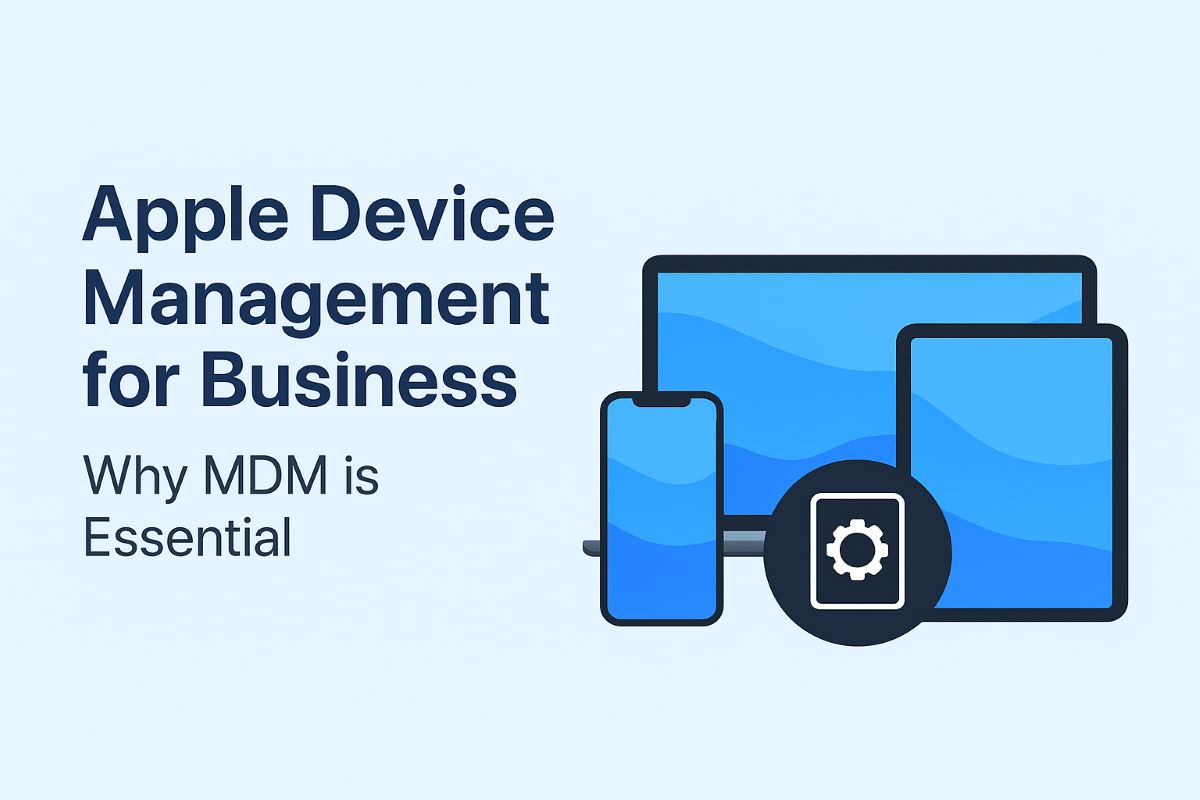
Apple devices, iPhones, iPads, and Macs, are becoming increasingly common in business environments. Employees prefer Apple for its reliability, ease of use, and seamless ecosystem, while organizations benefit from higher productivity and employee satisfaction. However, managing a growing fleet of Apple devices presents unique challenges for IT teams, from device security to app deployment and compliance.
Apple device management for business is no longer optional. Implementing a robust Mobile Device Management (MDM) strategy ensures that Macs, iPhones, and iPads are secure, updated, and compliant, while allowing employees to work efficiently from any location. In this article, we’ll explore the rise of Apple devices in enterprise, the management challenges they bring, and why MDM is essential for modern businesses.
The use of Apple devices in enterprises has grown steadily in recent years:
Why businesses are adopting Apple devices:
For IT teams, these trends underline the importance of Apple device management for business, Apple devices are no longer optional; they are a core part of enterprise IT strategy.
Deploying Apple devices at scale brings challenges:
Apple provides frameworks such as Apple Business Manager (ABM) and built-in MDM support, enabling IT teams to:
Even with these tools, businesses without a dedicated MDM strategy risk gaps in security, compliance, and device management.
A strong MDM solution is the backbone of Apple device management for business. Key benefits include:
Example: A company can automatically provision a new MacBook with required applications, security settings, and user permissions, without manual IT intervention, ensuring compliance from day one.
Organizations that implement MDM for Apple devices see fewer IT support cases, faster deployment times, and reduced security incidents.
For effective Apple device management in business, consider:
Implementing these considerations ensures devices are secure, compliant, and productive.
Apple devices are expected to continue their growth in enterprise environments:
Businesses that proactively implement Apple device management for business will be better equipped to protect sensitive data, enforce compliance, and support productive employees.
Apple devices are no longer just a personal preference, they are a growing part of enterprise IT. With this growth comes responsibility: businesses must ensure devices are properly managed, updated, and secured.
Mobile Device Management (MDM) is essential for Apple devices in business. It provides centralized control, security enforcement, and automation that keeps Macs, iPhones, and iPads secure and employees productive.
Not sure if your Apple device fleet is fully protected? Schedule a consultation to assess your MDM strategy and discover how to secure and streamline your Macs, iPhones, and iPads.